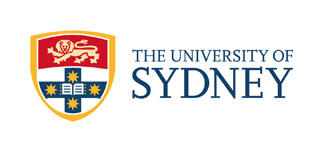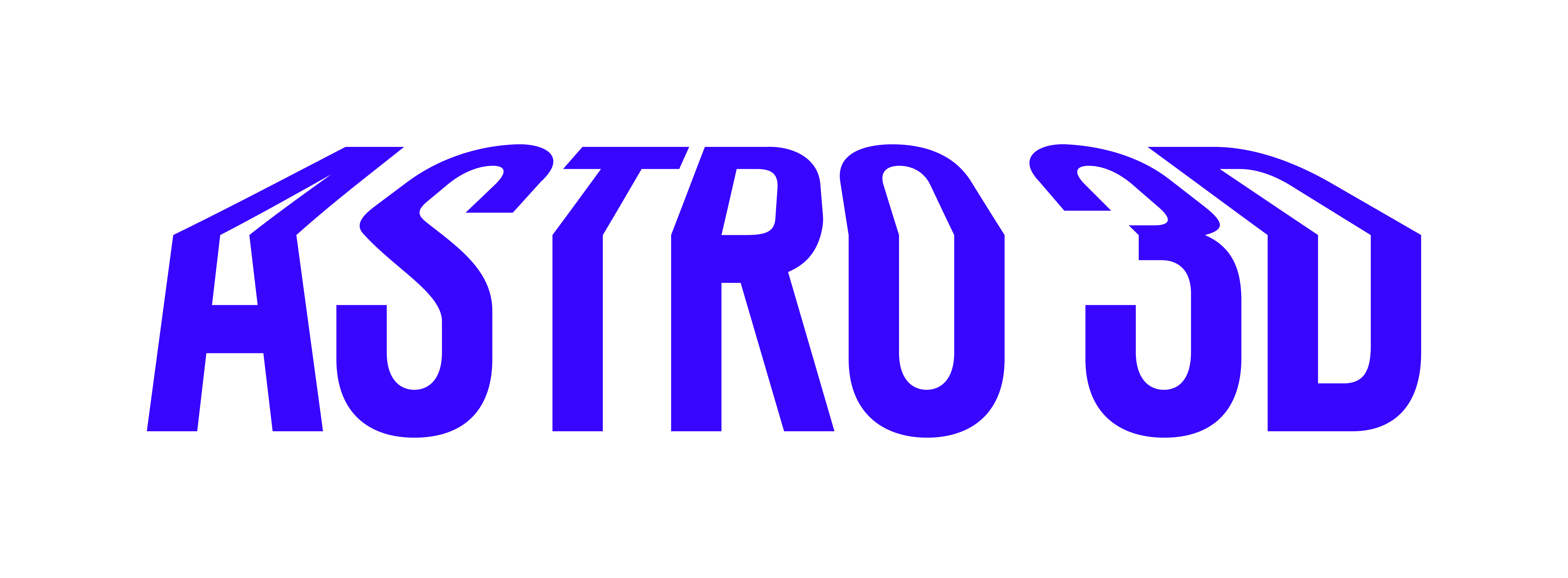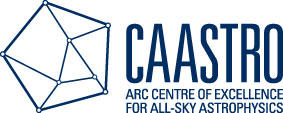Abstract
Background:
The SAURON (deZeeuw et al. 2001) and ATLAS-3D (Cappellari et al. 2011a) surveys have demonstrated that it is possible to separate early-type galaxies (ETGs) into two separate kinematic classes, Slow Rotators (SRs) and Fast Rotators (FRs). The kinematic morphology-density relation (Cappellari et al. 2011b) shows that the fraction of SRs in the ETG population increases sharply at the centres of dense clusters
The over abundance of SRs at cluster centres could imply that SRs are preferentially formed in dense environments, or could simply be indicative of mass segregation through dynamical friction (since SRs tend to have higher mass than the average FR). SRs have been seen on cluster outskirts and the overall SR fraction in the field has been shown to be comparable to that in several clusters (Houghton et al. 2013). The missing link in this picture is group environments. It is possible that groups are very important environments for the formation of SRs, as previous observations have hinted at (including the SAMI Pilot kinematic-morphology density work).
We have previously used the SAMI Pilot survey to probe the kinematic morphology-density relation in three rich clusters, and we intend to extend this work to all eight clusters in the SAMI Galaxy Survey. However, in this work we have discovered SRs associated with galaxy groups falling into clusters for the first time. This result points towards group environments, not just clusters, as an important place where SRs are formed.
SAMI Project:
We will fill the gap in the current picture by investigating the occurrence of SRs in galaxy groups. The SAMI Galaxy survey probes a range of galaxy environments from the field to massive rich clusters. We will combine SAMI data with the GAMA groups catalogue (Robotham et al. 2011) to investigate the formation of SRs in group environments. We will study the FR/SR fraction in groups and ask whether the kinematic morphology-density relation holds for groups as for clusters. We will compare galaxies with similar local environment, but different global environment (i.e. outskirts of a rich cluster compared to the centre of a galaxy group) and examine their kinematics.
We will use stellar kinematic maps derived from SAMI data cubes to produce measurements of the angular momentum of all group galaxies in the SAMI Survey and classify them to be SRs and FRs.
We will study the formation of SRs in groups, comparing to simulated and model galaxies, generated and analysed specifically for this work. As part of this work we will discuss and devise a method of comparing observed parameters (line of sight kinematics, lambda-R) with parameters from our model galaxies (such as angular momentum).
We will also specifically study "central" group galaxies, comparing to modelled "central" galaxies. To do this we will need to examine peculiar velocities of the observed galaxies relative to the group. We hope to determine whether SRs are formed at the bottom of the group potential, or migrate there after formation.
We will look for correlation between group SR fraction and group compactness, which may also shed light on the dominant formation mechanism for SRs in groups.
Progress - May 2020
After identifying major issue due to impact of seeing, the main work of the paper had to be redone. Paper is being rewritten with data from v0.12.
Link to the paper
Overleaf: https://www.overleaf.com/read/ctzfyrpdmsrj




